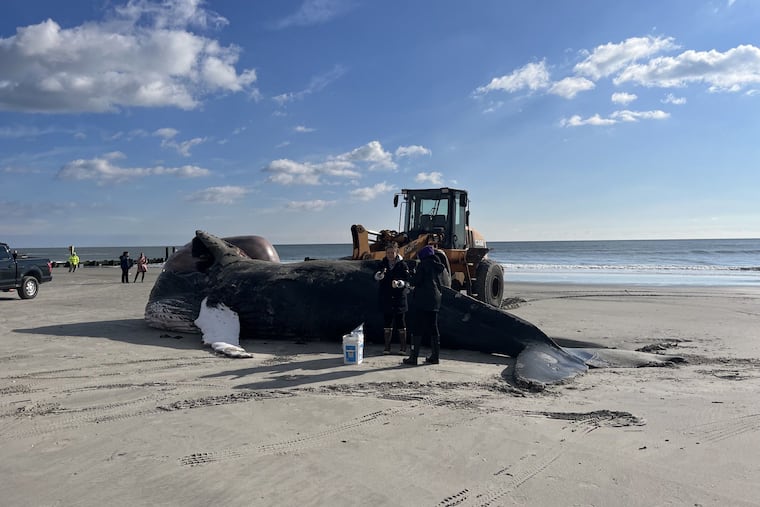Humpback whale washed up in Atlantic City had a head injury, officials say, as groups call for wind turbine inquiry
Amid calls for a full investigation into recent whale deaths, the Marine Mammal Stranding Center said the young whale may have been hit by a boat.
